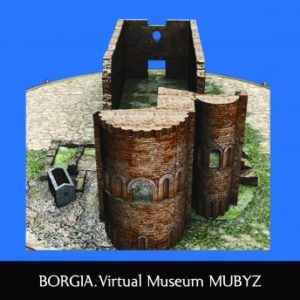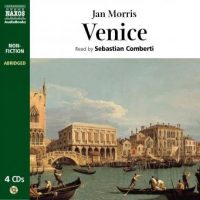Basilica of Santa Maria della Roccella. Borgia. Italy Audiobook (Free)
- Karolina Starin
- 0 h 13 min
- Cities Heirs of Byzantium Non Profit Association ACEB
- 2017-03-03
Summary:
The vocal beauty of the church has been heard through the centuries and also through the descriptions of the numerous travelers who visited these places, which represented among the stages of the Grand Tour (a fundamental element of the aristocratic education in the eighteenth and nineteenth centuries).
The history from the settlement dates back to enough time of ancient Greece. The Greeks known as this city Skylletion (referrals to it were already made in 6th century BC), while in Roman occasions it was about Basilica of Santa Maria della Roccella. Borgia. Italy known as Schilacium or Scolacium.
Old authors, such as Strabone and Pliny, attributed the foundation from the Greek city to Menestown, who landed about these lands, during the Trojan Battle. According to some other tale, resumed also by Cassiodoro, the city was founded by Ulisse.
Borgia, like Scolacium, was under Byzantine rule, in the tenth, eleventh and 15th hundreds of years. Squillace was dominated from the Aragonese and in 1494 exceeded onto Goffredo Borgia, the illegitimate child of Pope Alexander VI,, being a dowry. From that minute, the Borgia ruled those lands, until 1735, and gave the town its current name. This territory was always filled and was chosen by anyone who wanted to dominate Calabria. Roberto the Guiscardo, Norman king of Puglia, Calabria and Sicily, lived here temporarily, from 1059 to 1085.
The day of construction of the Basilica of Santa Maria provoked controversy among scholars. It had been hypothesized how the church was constructed through the reign of Constantine I, or later, in the V-VI or VII-VIII generations. It’s very likely that the basilica was built by Greek orthodox monks prior to the Norman conquest.
The church, whose ruins have been preserved to this day, was built-in the Norman period, in the early years of the reign of Sicily, and dates back towards the years 1130-1150. Nevertheless, it’s Byzantine affects are evident.
Related audiobooks:







